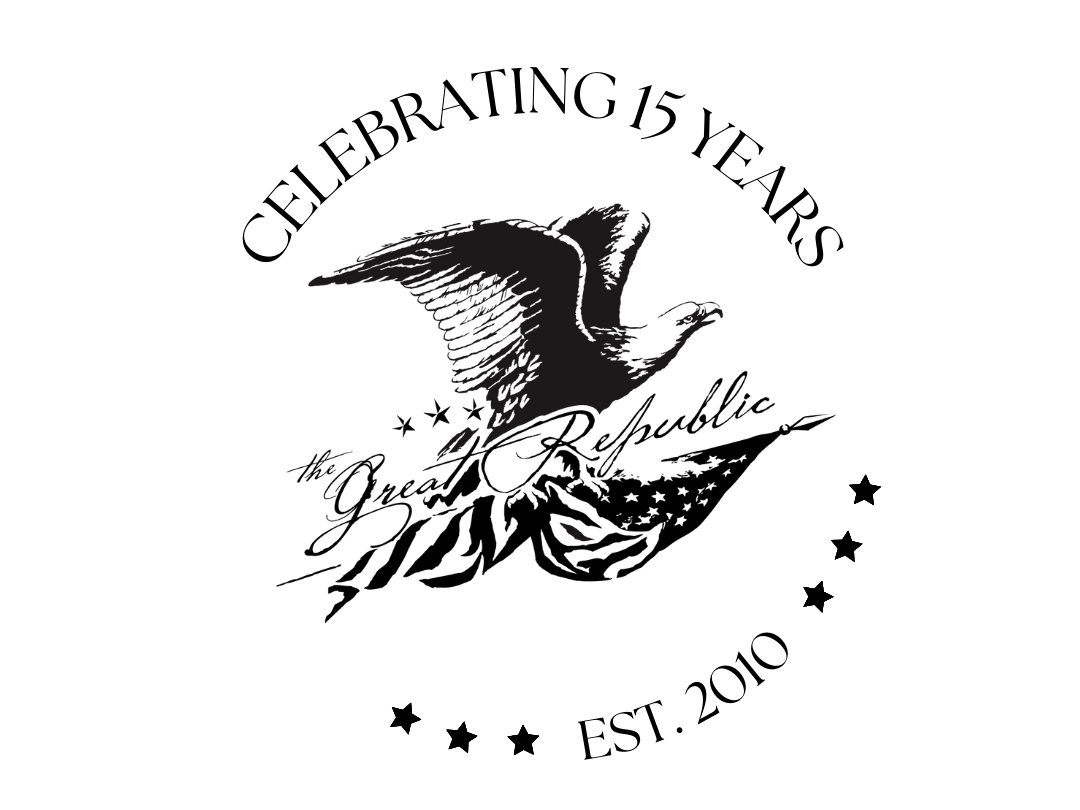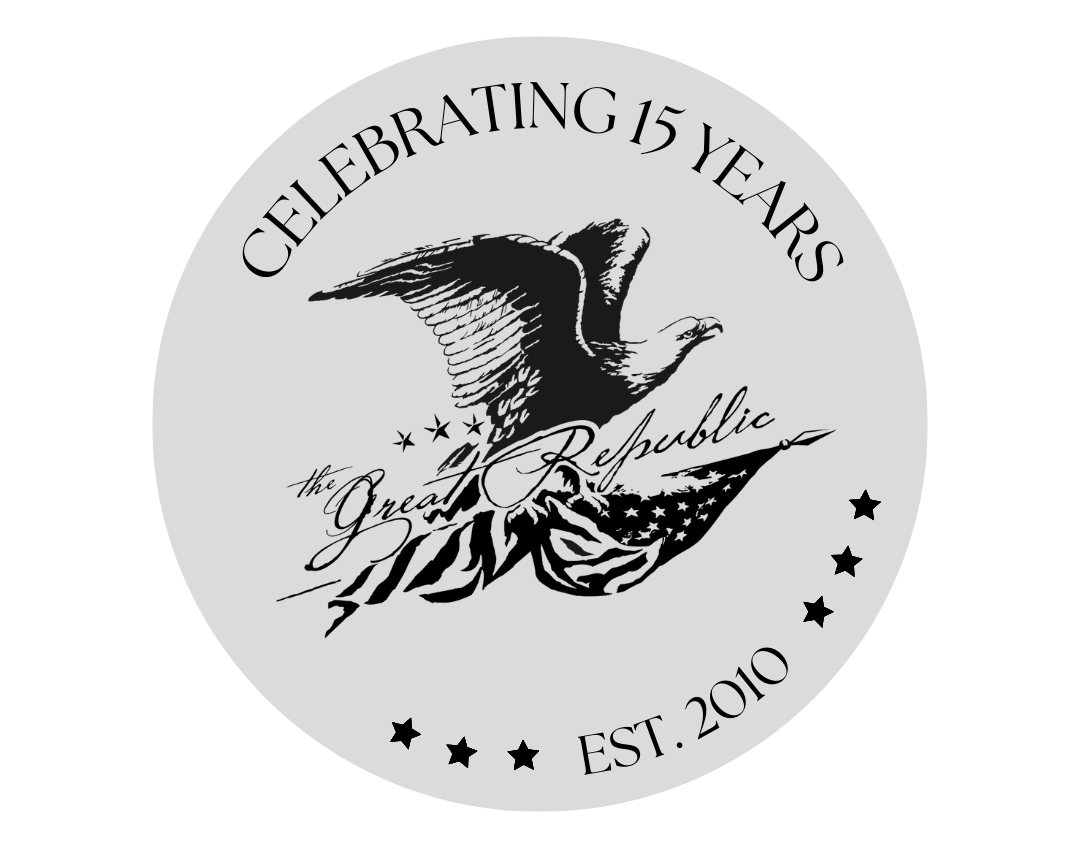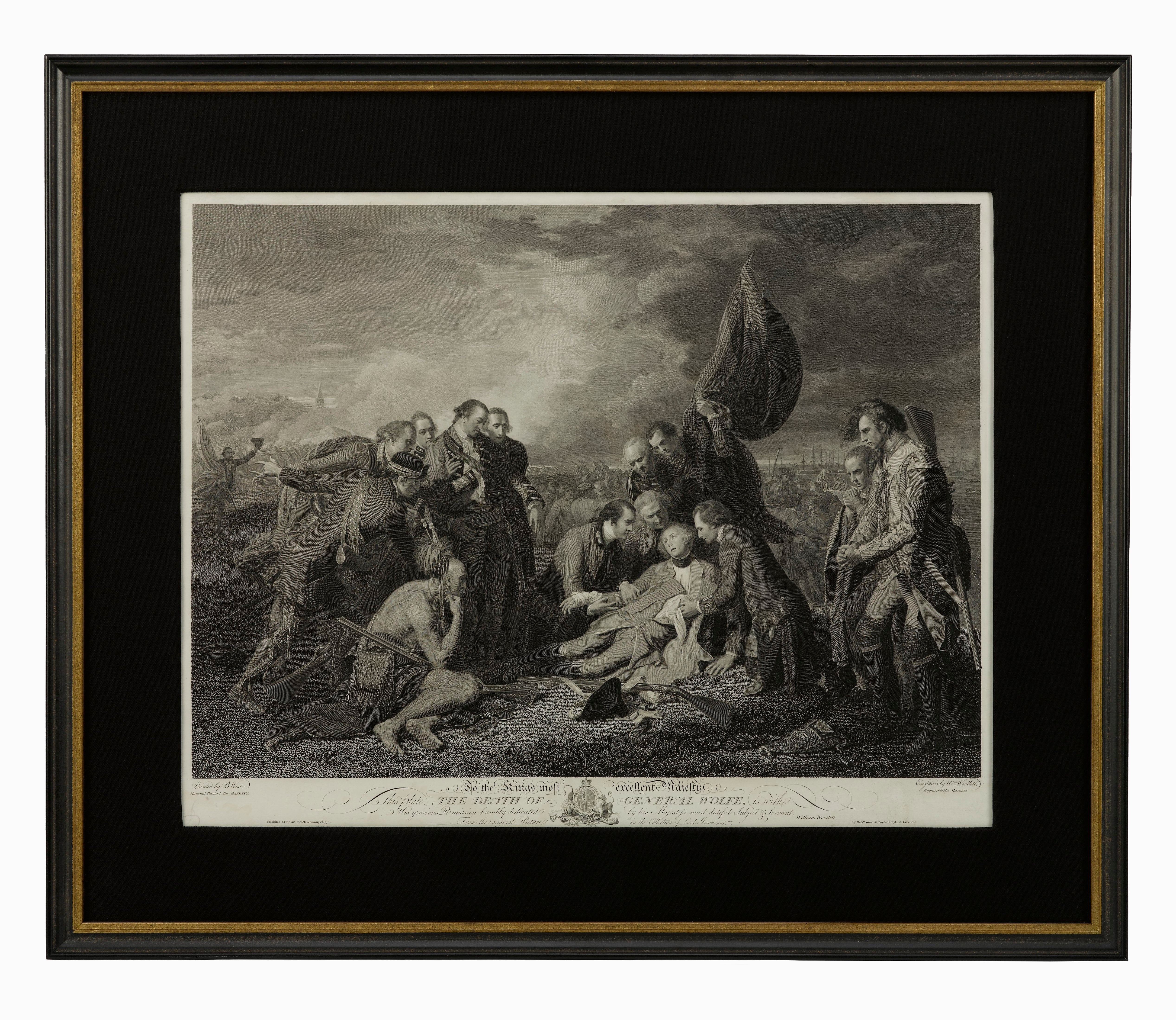
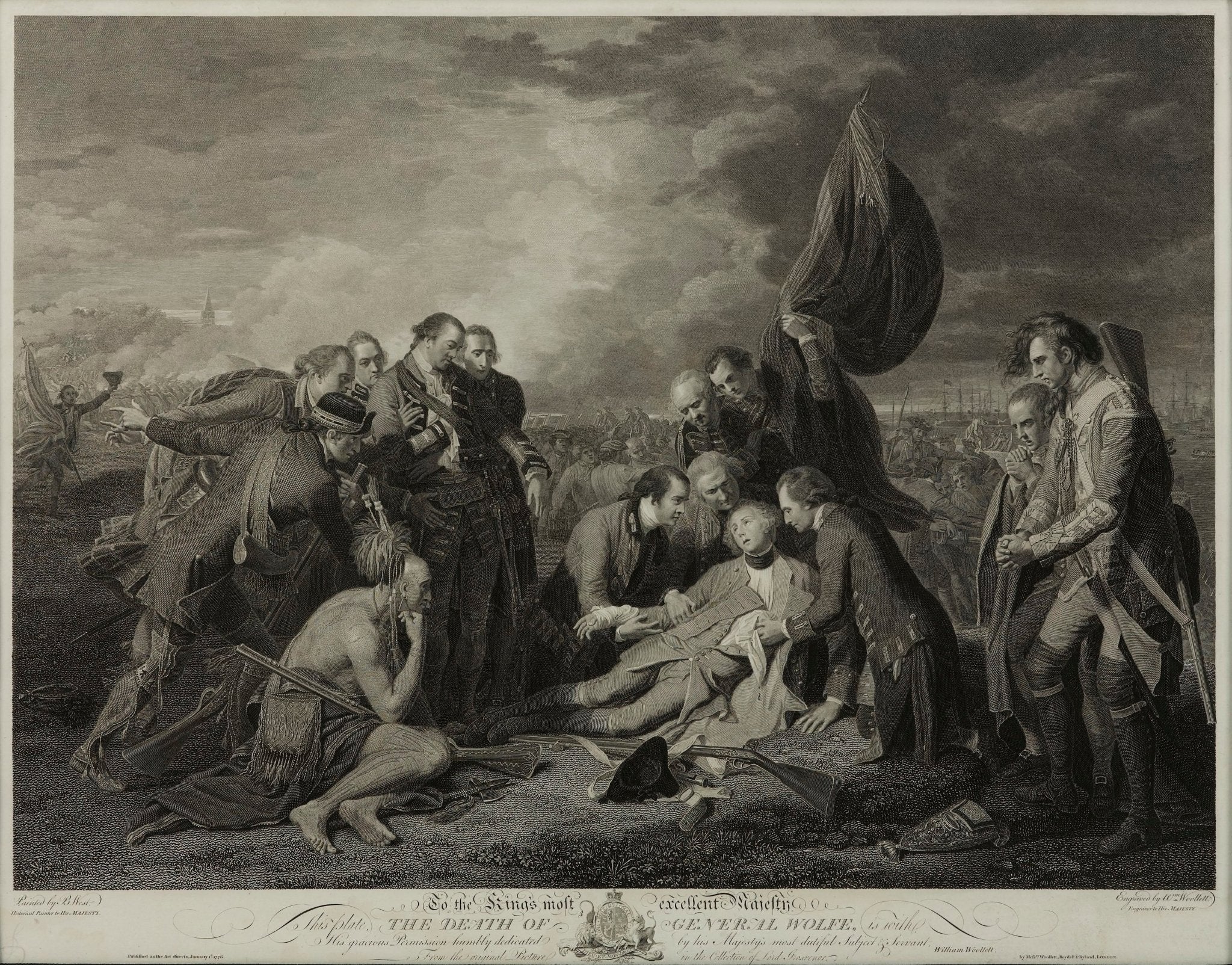
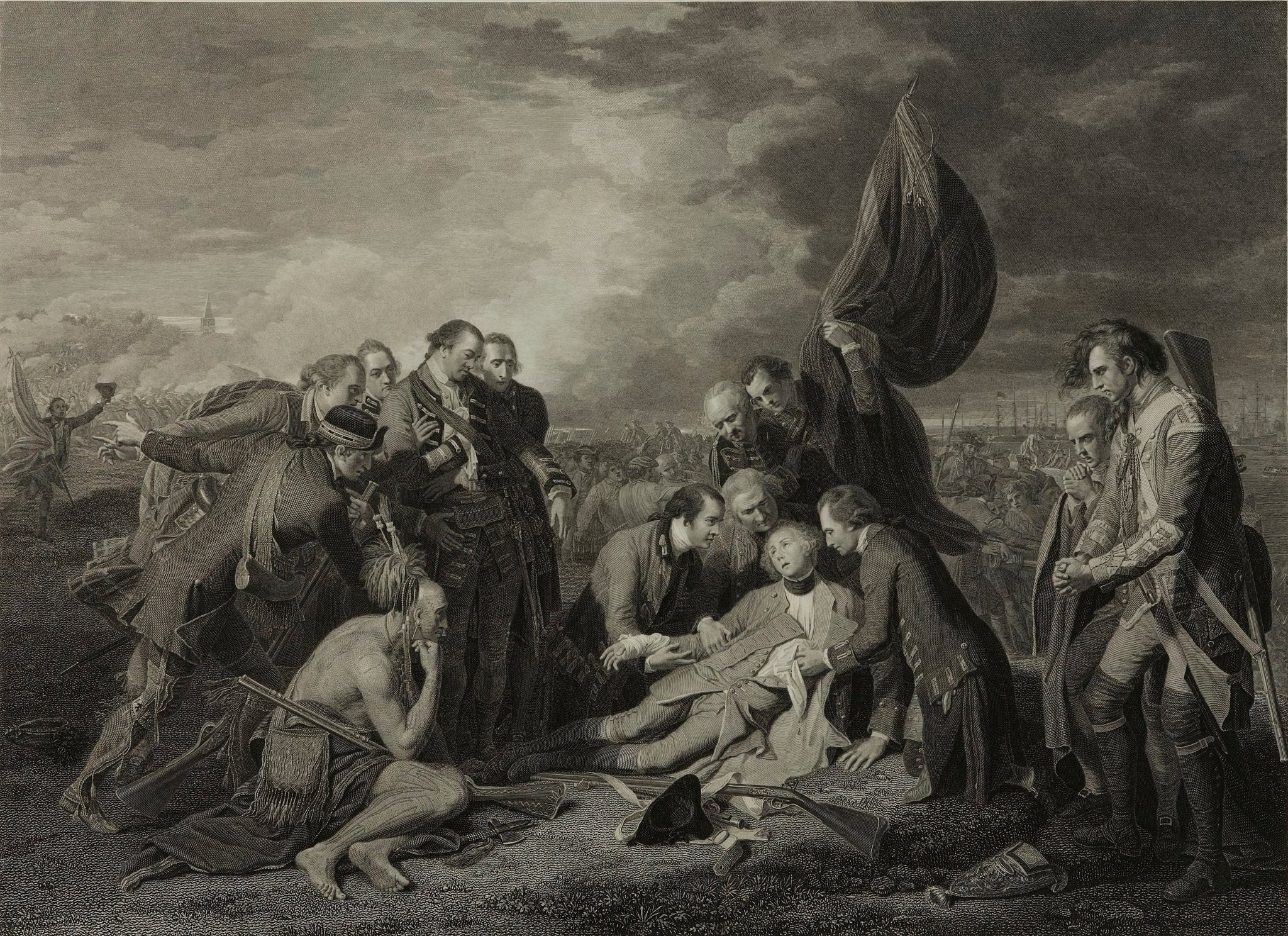
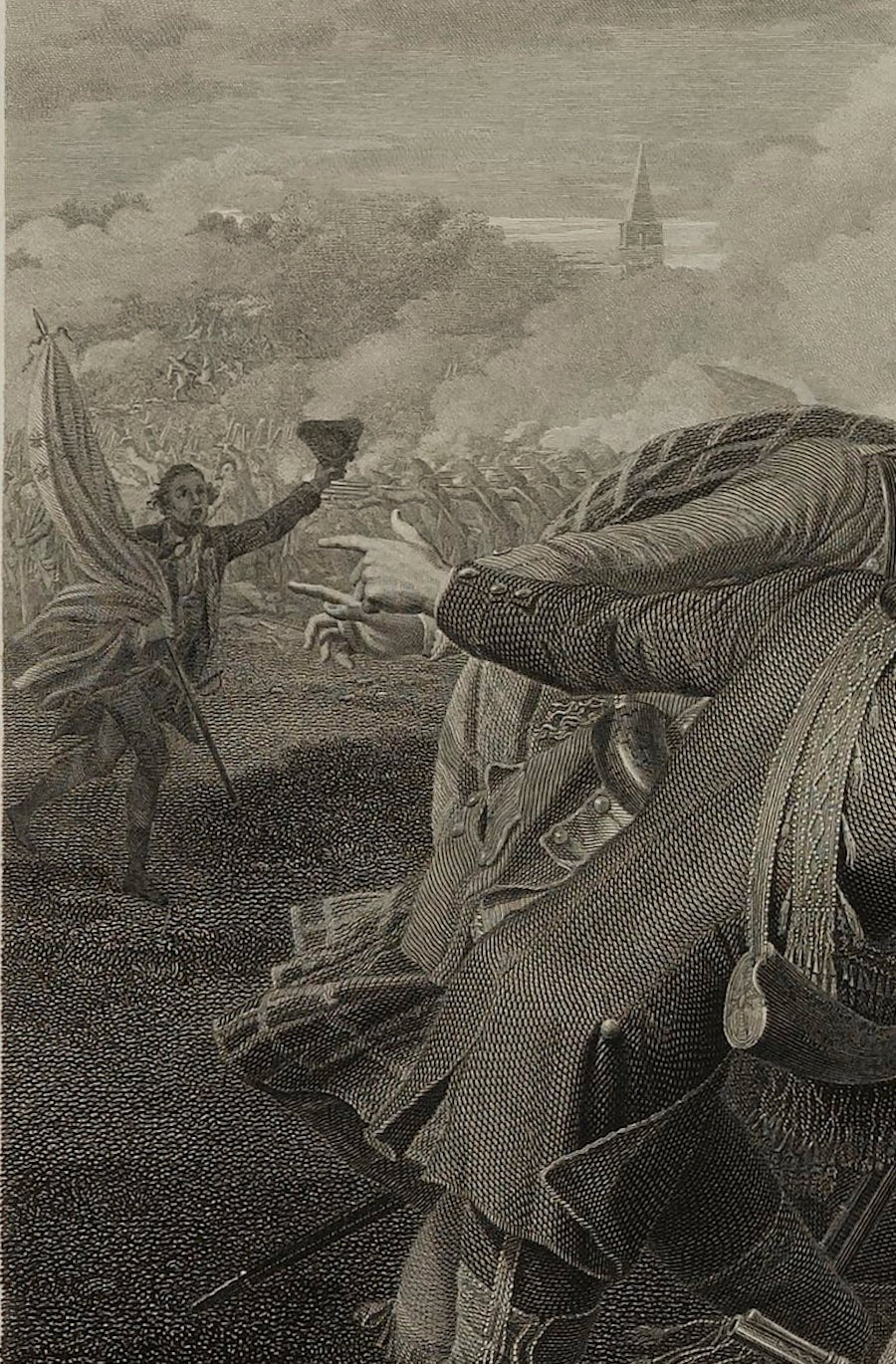
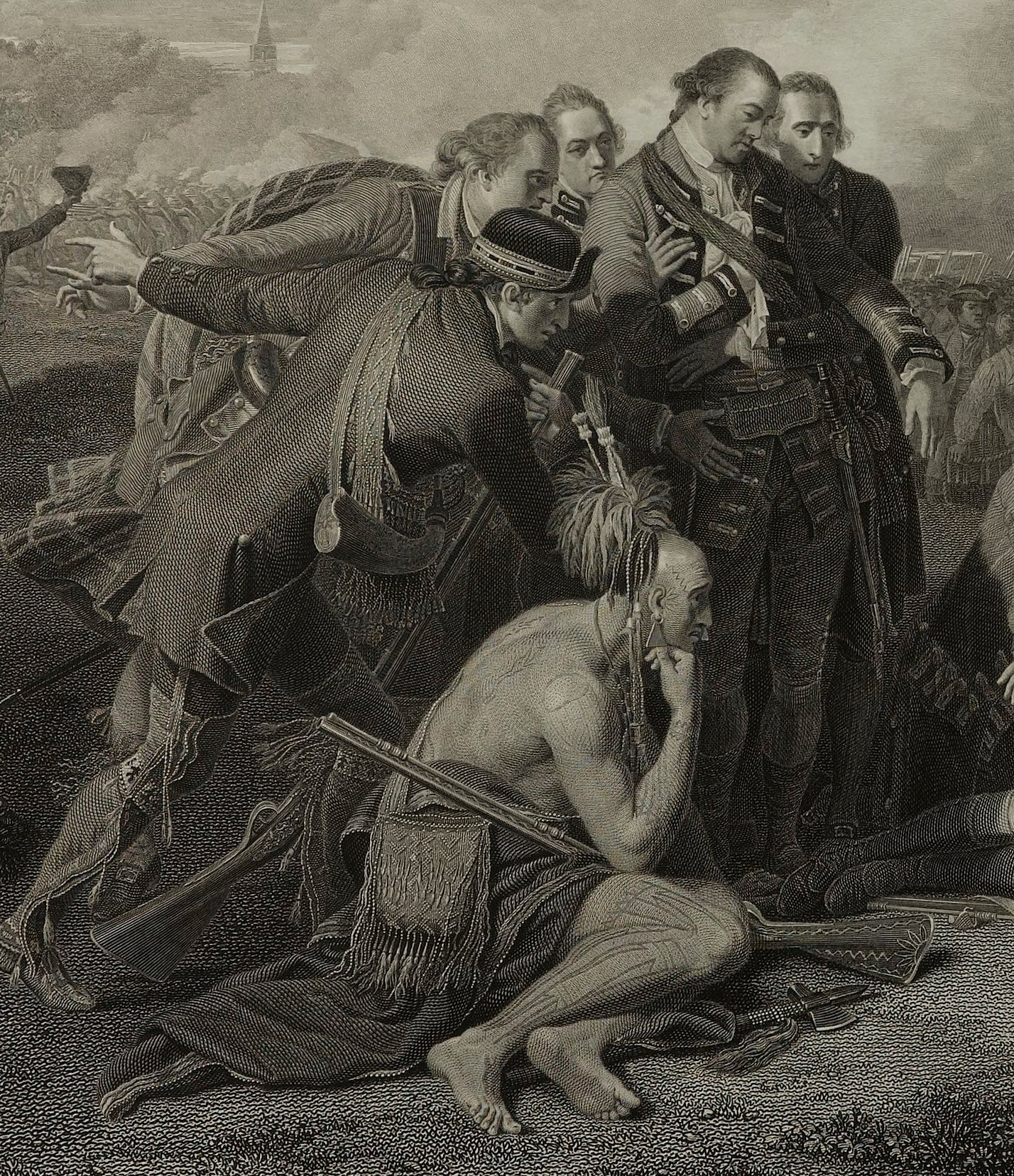
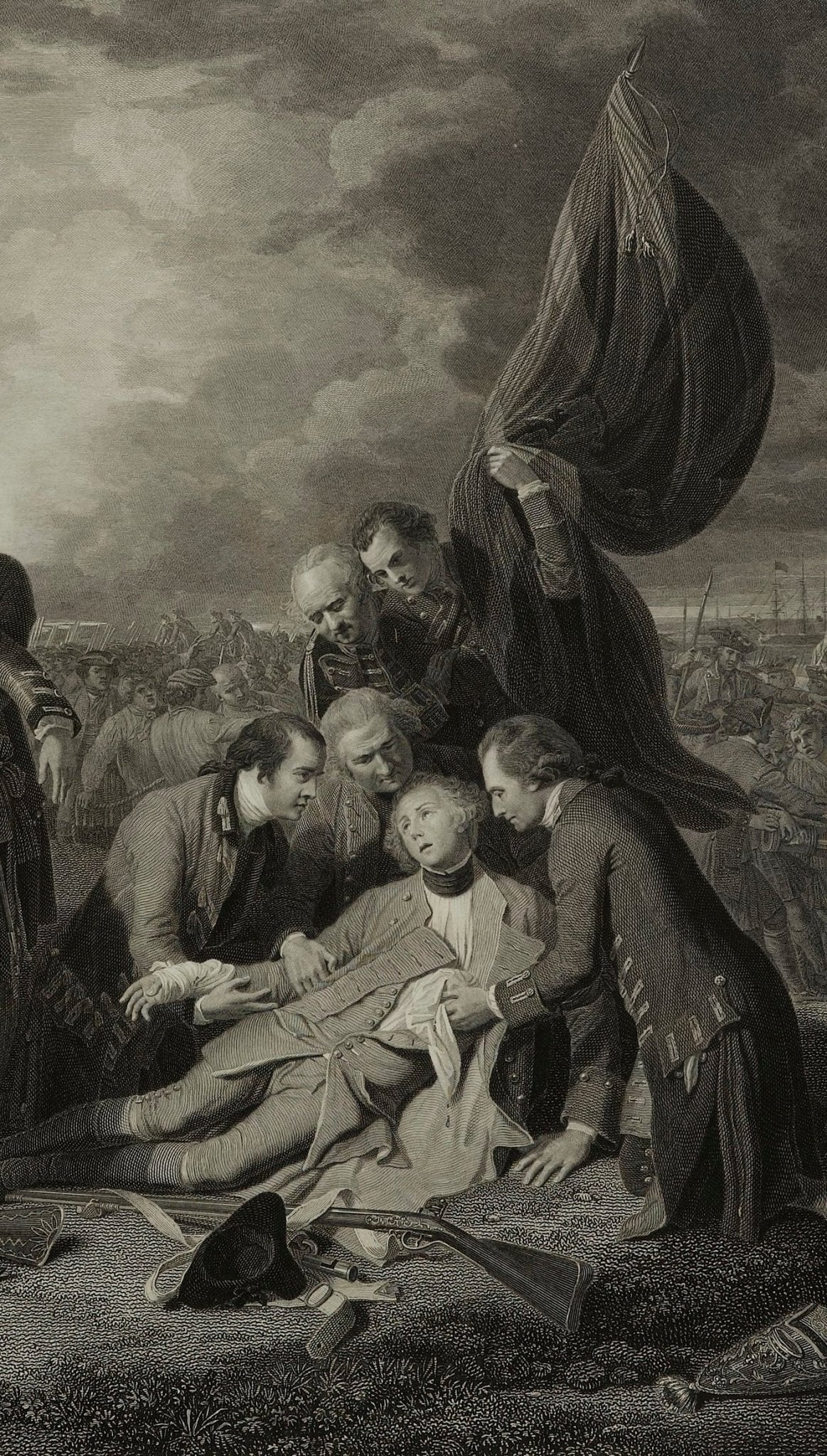
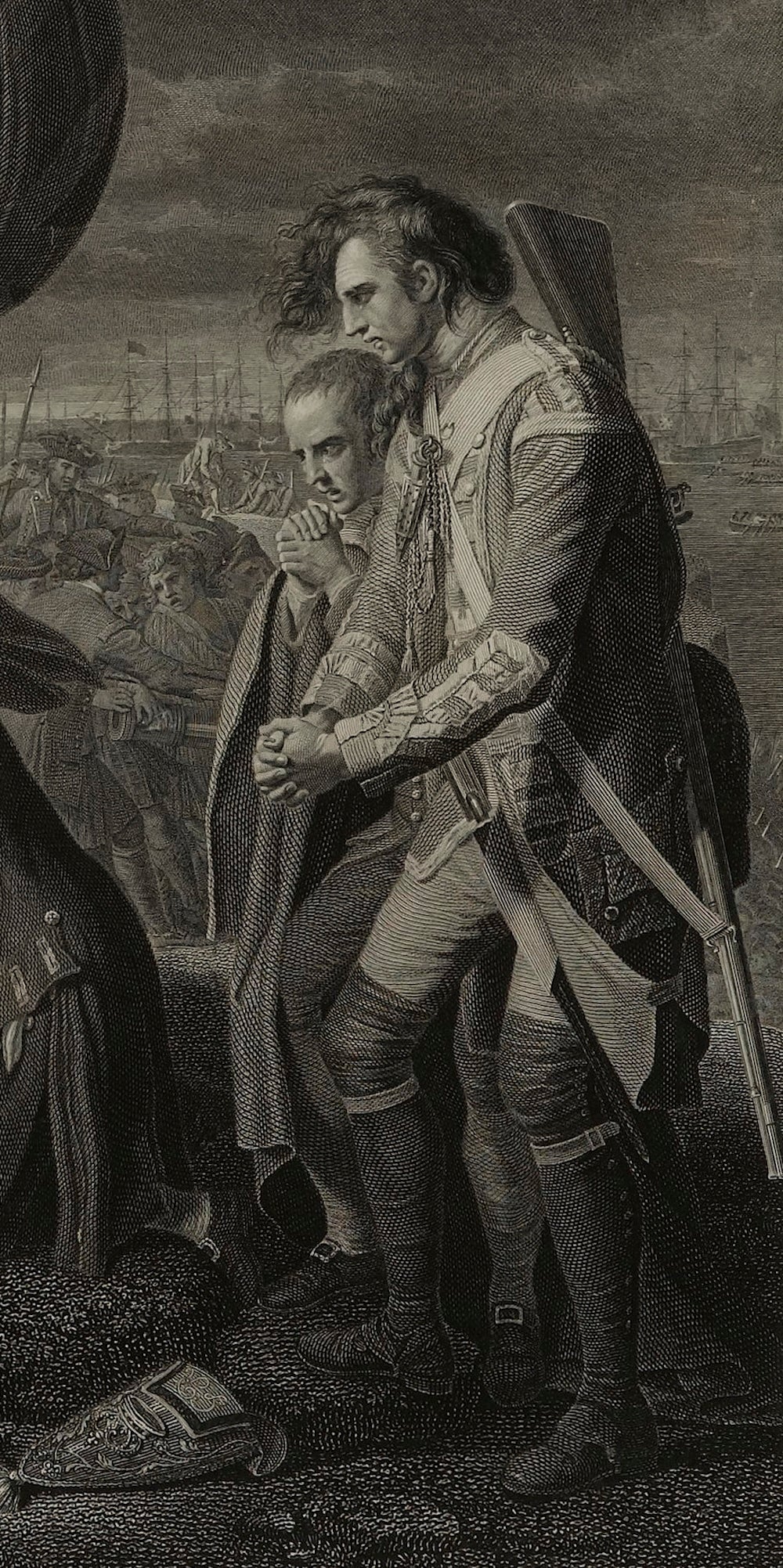
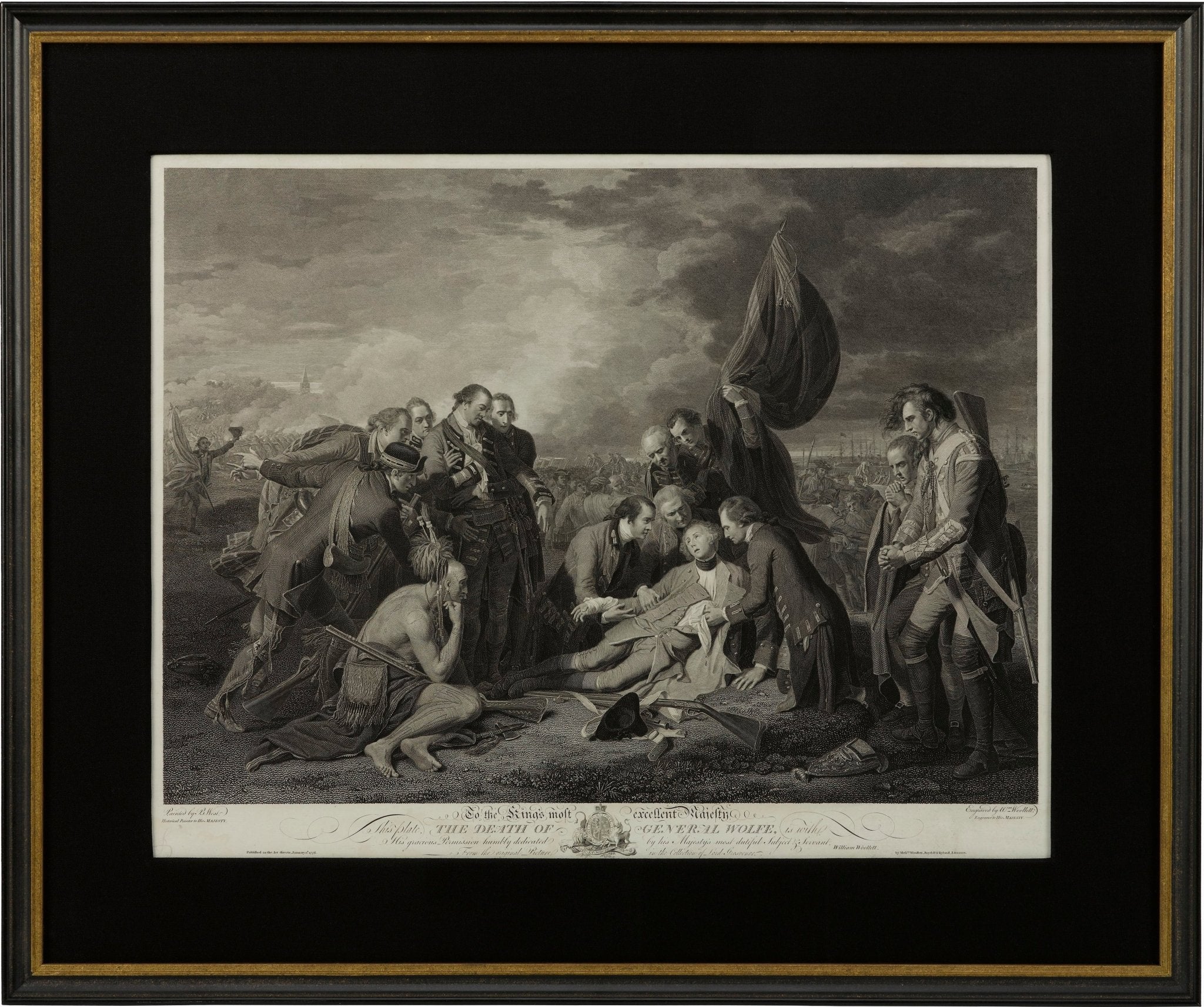
"The Death of General Wolfe" Engraving by William Woollett, after Benjamin West, 1776
Presented is one of the most important historical prints ever published, "The Death of General Wolfe," an engraving by William Woollett, after the painting of the same title by Benjamin West. The engraving was published in London by Woollett, Boydell, and Ryland, on January 1, 1776.
Benjamin West’s oil painting “The Death of General Wolfe” depicts the Battle of Quebec, a pivotal event in the Seven Years' War that decided the fate of France's colonies in North America and signaled Britain's ascendency in North America. The battle was fought between the British and French Armies on the Plains of Abraham, a plateau east of Quebec City, on September 13, 1759. The culmination of a three-month siege by the British, the battle lasted only about an hour. Commanded by Major-General James Wolfe, the British Army defeated the French forces under Louis-Joseph de Montcalm, yet General Wolfe was mortally wounded by several gunshots at the end of battle. To many, the victory in Quebec symbolized the inevitability of global British rule. In a period of heightened patriotism that followed the victorious battle, Wolfe became a national figure of veneration, honored by his King and countrymen, and widely celebrated in verse, songs, sermons, and the visual arts. The public had a seemingly insatiable appetite for representations of Wolfe and his heroic death and sacrifice for his country.
Benjamin West’s painting was created in 1771, at the height of the demand for images of Wolfe. The painting is not a literal account of Wolfe's death, but rather a poetic and symbolic rendering of the military victory. The composition centers on an injured and fallen Wolfe at center, his musket, cartridge box, and bayonet scattered on the ground in front of him. Captain Hervey Smythe holds Wolfe's right arm, while Dr. Thomas Hinde attempts to stem the bleeding. To the left, a messenger approaches with news that Quebec has fallen. Many of the other people surrounding Wolfe were not actually present when Wolfe died, but rather suggest the ethnic and geographical breadth of the new British Empire, like the Native American shown kneeling at right
With this painting, West also pointedly eschewed the long-established convention dictating that figures in historical paintings, even of contemporary subjects, be shown in Roman dress. Rather, he chose to portray Wolfe in his military uniform, insisting he wanted to depict the "facts of the transaction." This was considered very controversial at the time, so much so that King George III refused to purchase the painting since he believed that West's choice of clothing compromised the dignity of the image. Though not factually accurate, the painting was such a sensation that following its spectacular public debut at the Royal Academy in London, lines stretched out the door and five full-sized versions of it were commissioned by elite patrons.
This time period also coincided with a burgeoning market in prints, which created a new market of people who were not in a position to acquire expensive, original works of art, but could afford engravings, especially on a subscription model. Print publishers and engravers could anticipate selling many engravings done after popular paintings by famous artists. For this reason, West personally oversaw the production of an engraving of “The Death of General Wolfe,” choosing by one of the most accomplished printmakers of the time, William Woollett (1735-1785), to engrave his scene.
The print, a large engraving, was published in London by Messrs. Woollett, Boydell & Ryland, on January 1, 1776. One of the biggest commercial successes in British printmaking, the print helped make West's painting one of the most widely recognized images in England. It was also incredibly successful in Europe, garnering him 5,000-7,000 pounds in foreign sales. It was widely copied by engravers in France and Germany and was even pirated by other printmakers in England. The many iterations of West’s image found its way onto an untold number of objects and goods, including seals, ceramics and tableware, and fabrics. In this way, the engraving also helped to shape a burgeoning nationalism that celebrated England’s military power.
CONDITION:
Excellent condition. Engraving, on laid paper. Paper is very healthy. Strong impression. Small ink inscription to lower margin outside of plate mark. Title engraved in bottom center margin, “To the King's most excellent Majesty. This plate, The Death of General Wolfe, is with His gracious Permission humbly dedicated by his Majesty's most dutiful Subject & Servant, William Woolett. From the original Picture in the Collection of Lord Grosvenor.” “Published as the Act Directs, January 1, 1776… by Messrs. Woollett, Boydell, and Ryland, London” printed just below title, at left and right. “Painted by B. West, Historical Painter to His Majesty” engraved in the lower left margin. “Engraved by Wm. Woollet, Engraver to His Majesty” engraved in the lower right margin.
Engraving is artfully and archivally framed with black linen top mat, acid-free bottom mats, Coroplast backing, UV Plexiglas, and a custom-built wooden frame with gold fillet.
Framed dimensions: 26 3/4” H x 31 3/4” W x 1 1/2” W.
Accompanied by our company’s letter of authenticity.
Pickup available at Colorado
Usually ready in 4 hours

"The Death of General Wolfe" Engraving by William Woollett, after Benjamin West, 1776
Colorado
1 Lake Avenue
Colorado Springs CO 80906
United States
Choose options








Frequently Asked Questions
FAQs
Yes, all of our Antiques are certified authentic. Every antique comes with a signed Letter of Authenticity that details the item’s history, its current condition including any conservation, binding, or framing work, and the item’s provenance. The Letters of Authenticity are priced valuations by our authentication specialists, who assure that items are original and unconditionally guaranteed as genuine for life.
We pack and ship your items from our gallery in Colorado Springs. You may also choose to come pick up your order. Antique items are carefully packed and insured during shipping. The shipping price will be calculated at checkout.
We acquire from a variety of trusted sources all over the world, but mostly through auctions and private collections within the United States. All provenance information will be listed on the Letter of
Authenticity accompanying your purchase.
